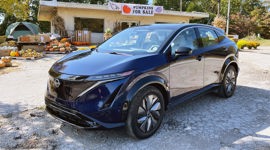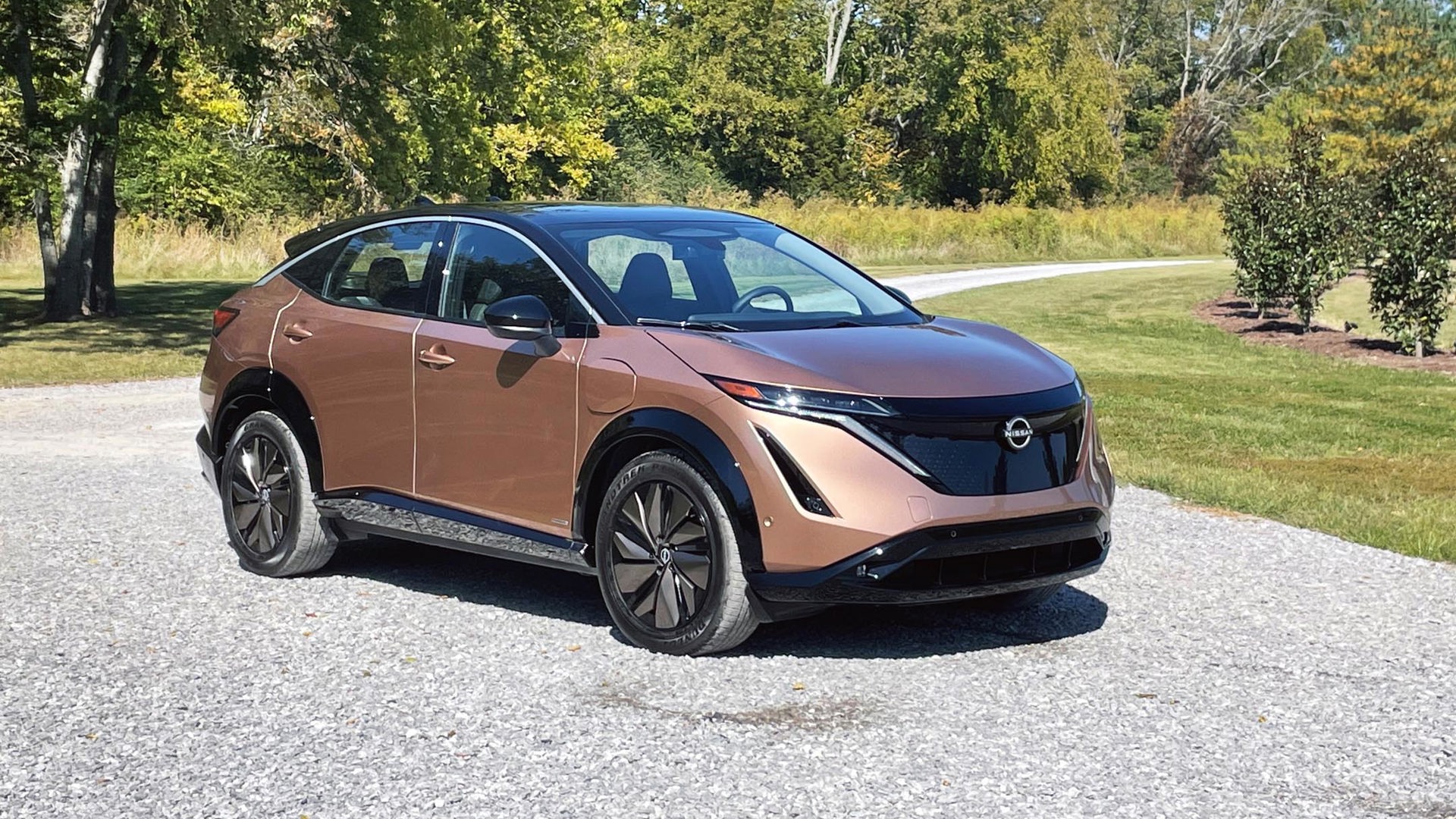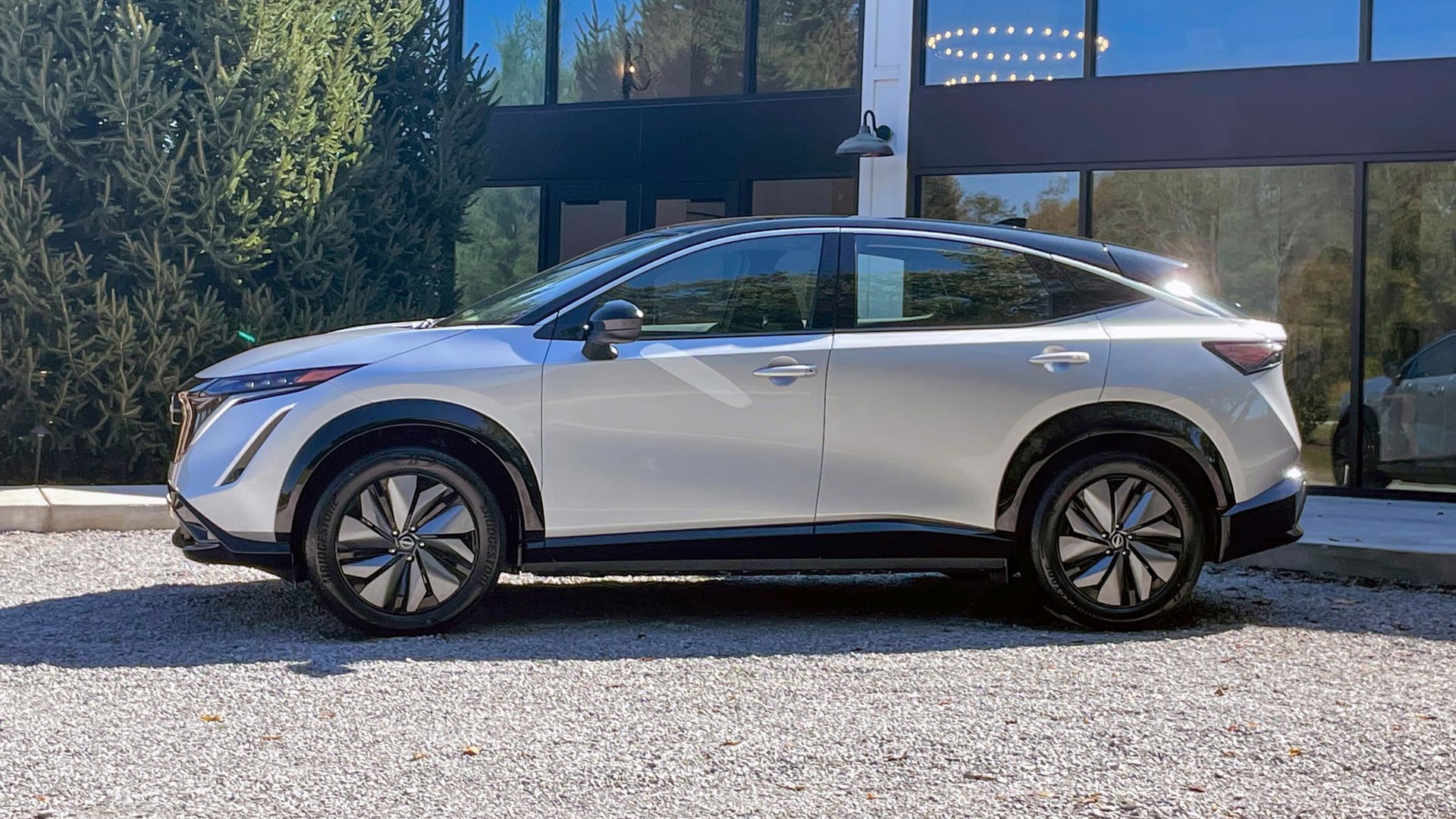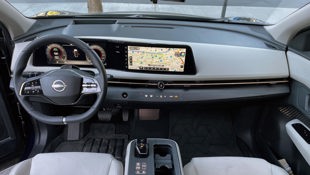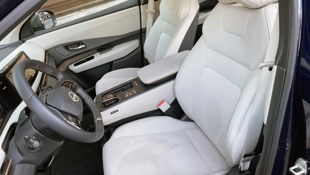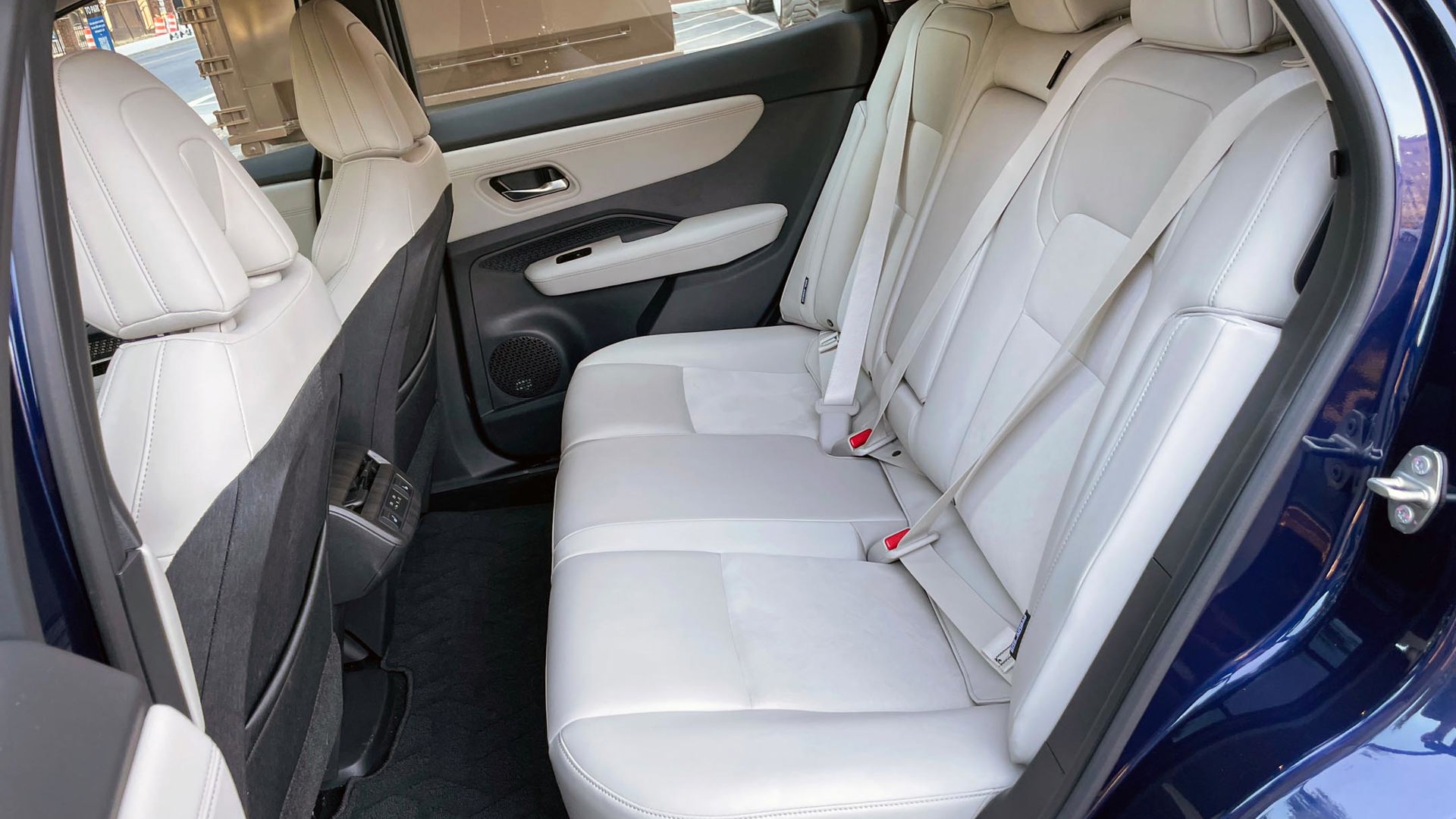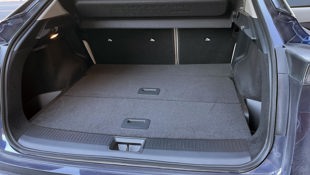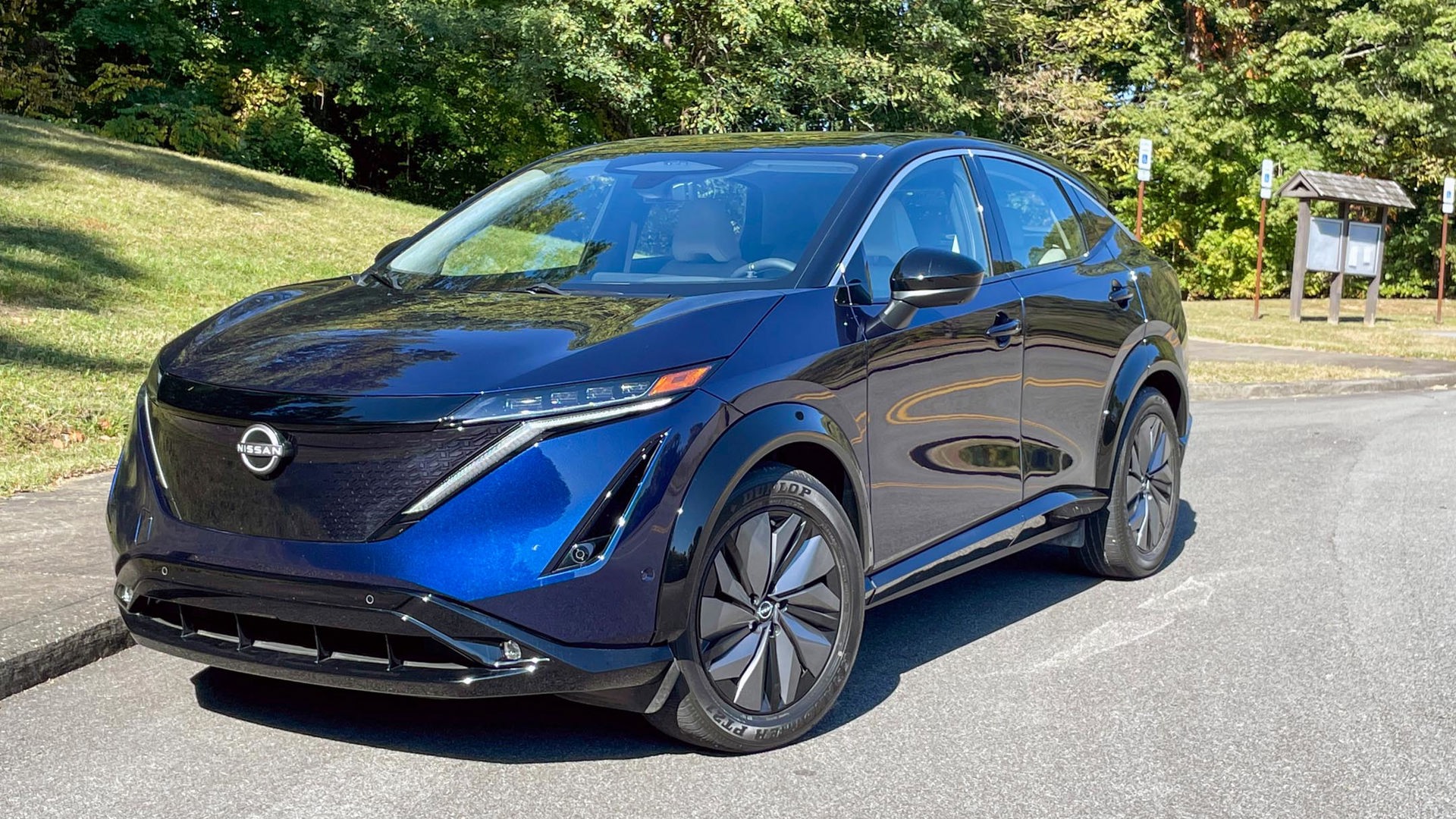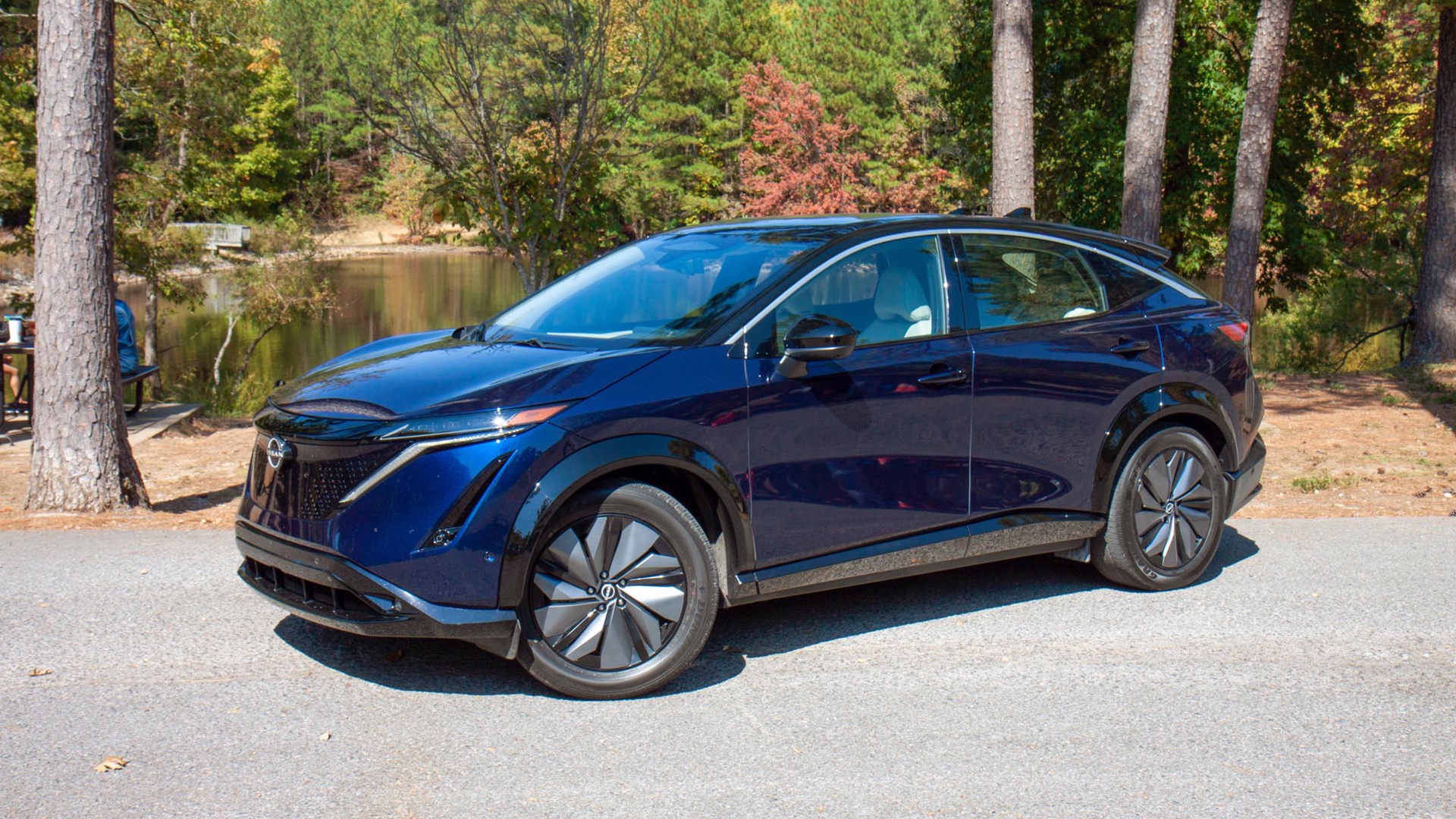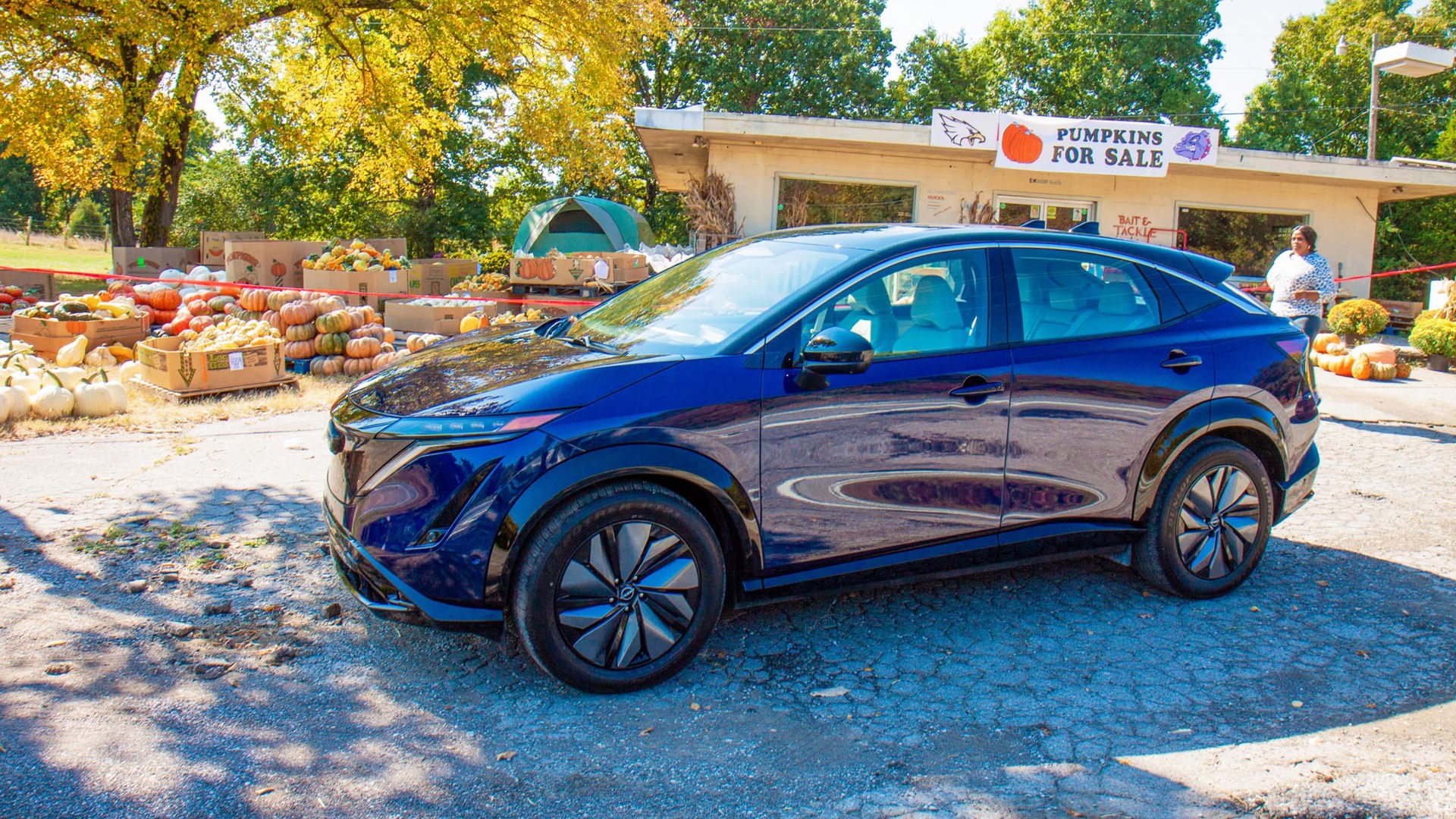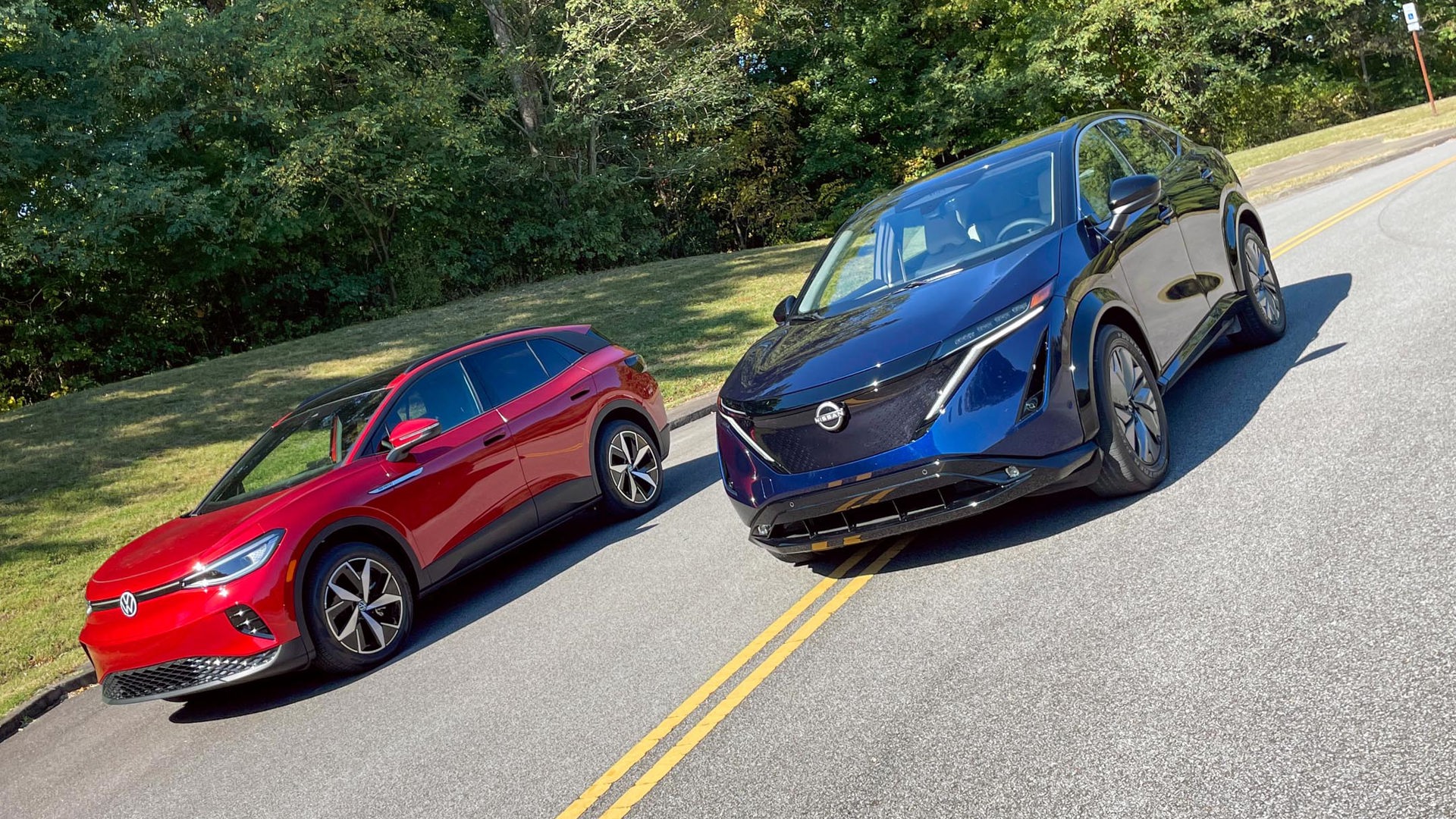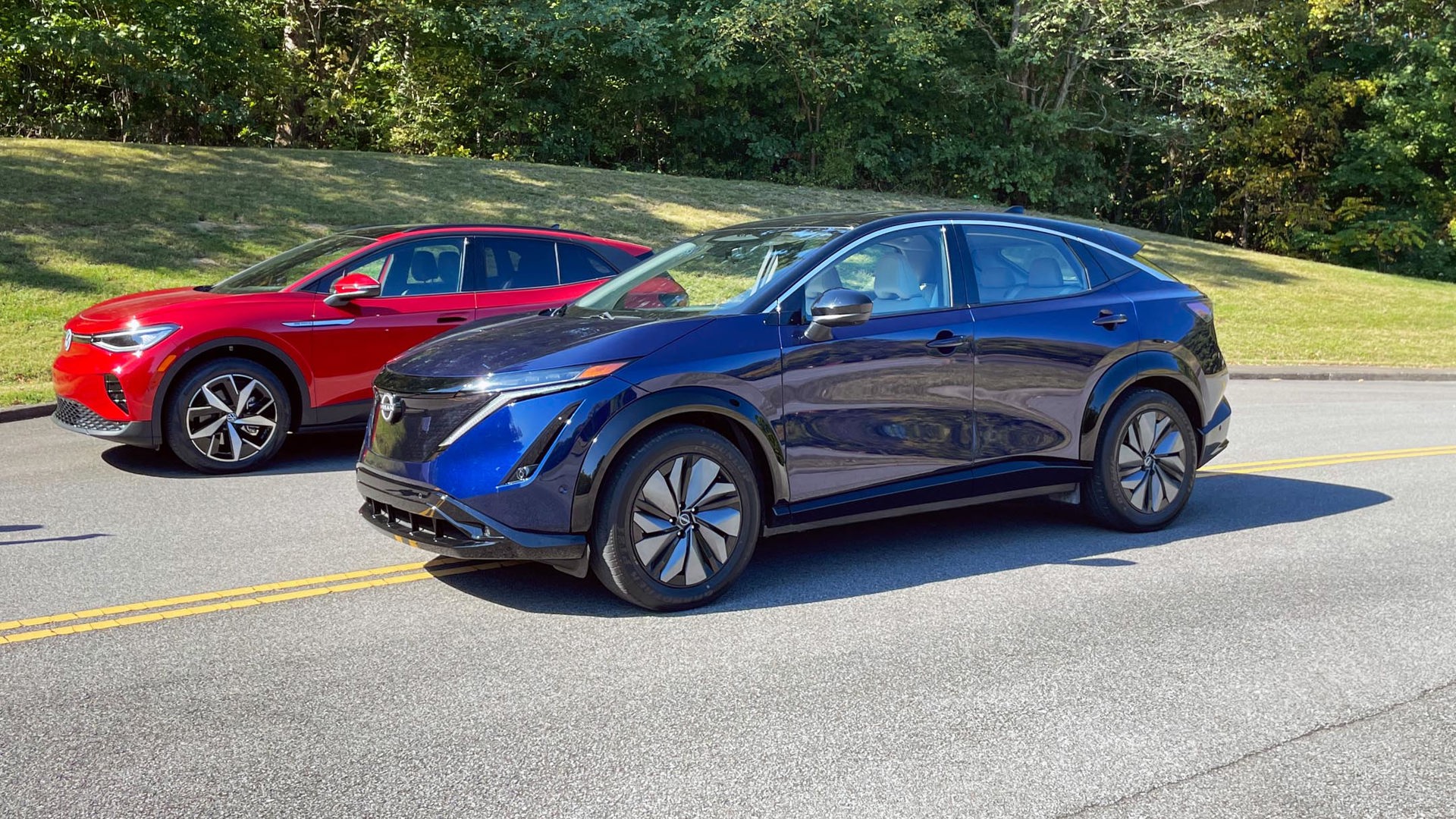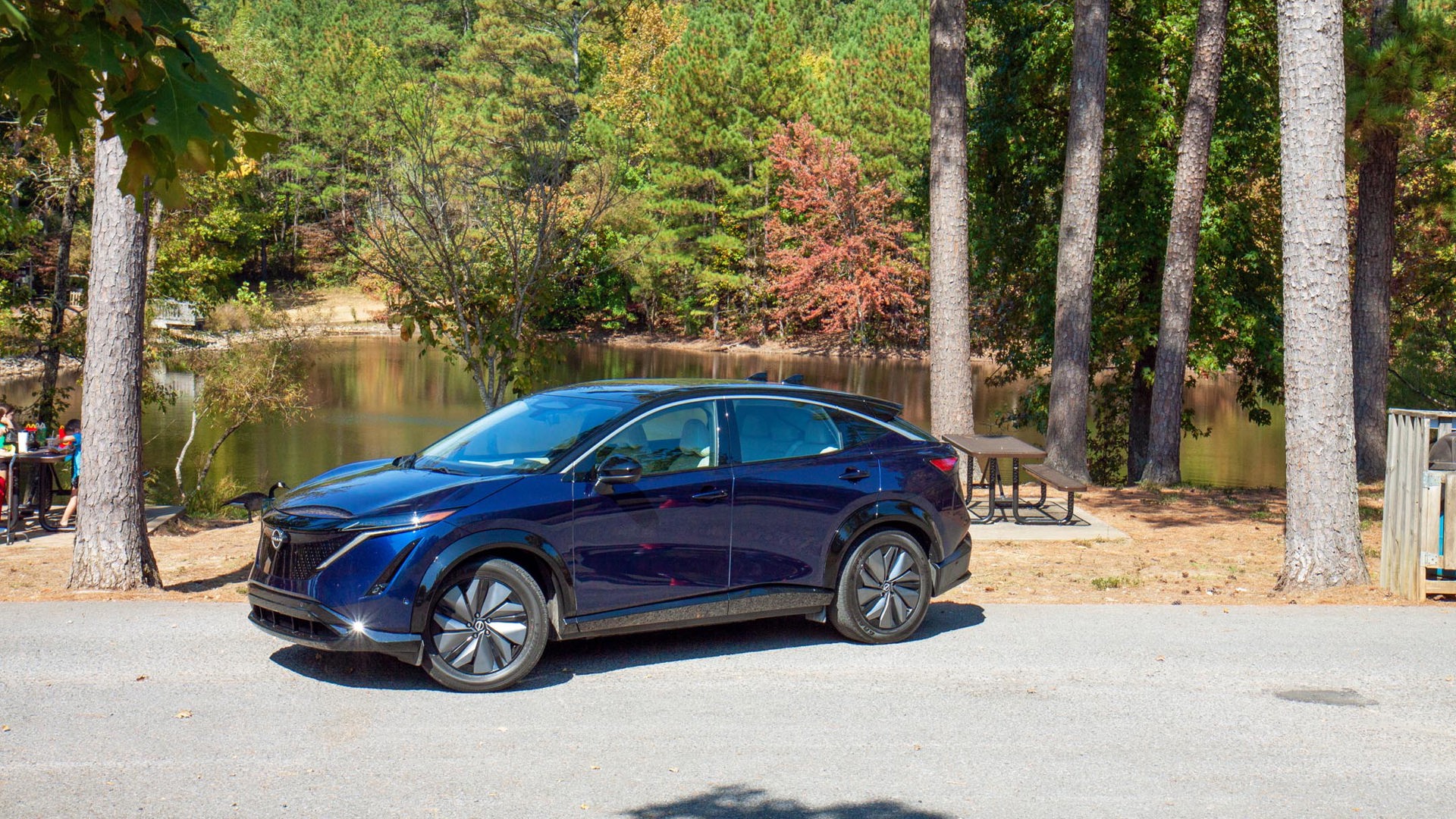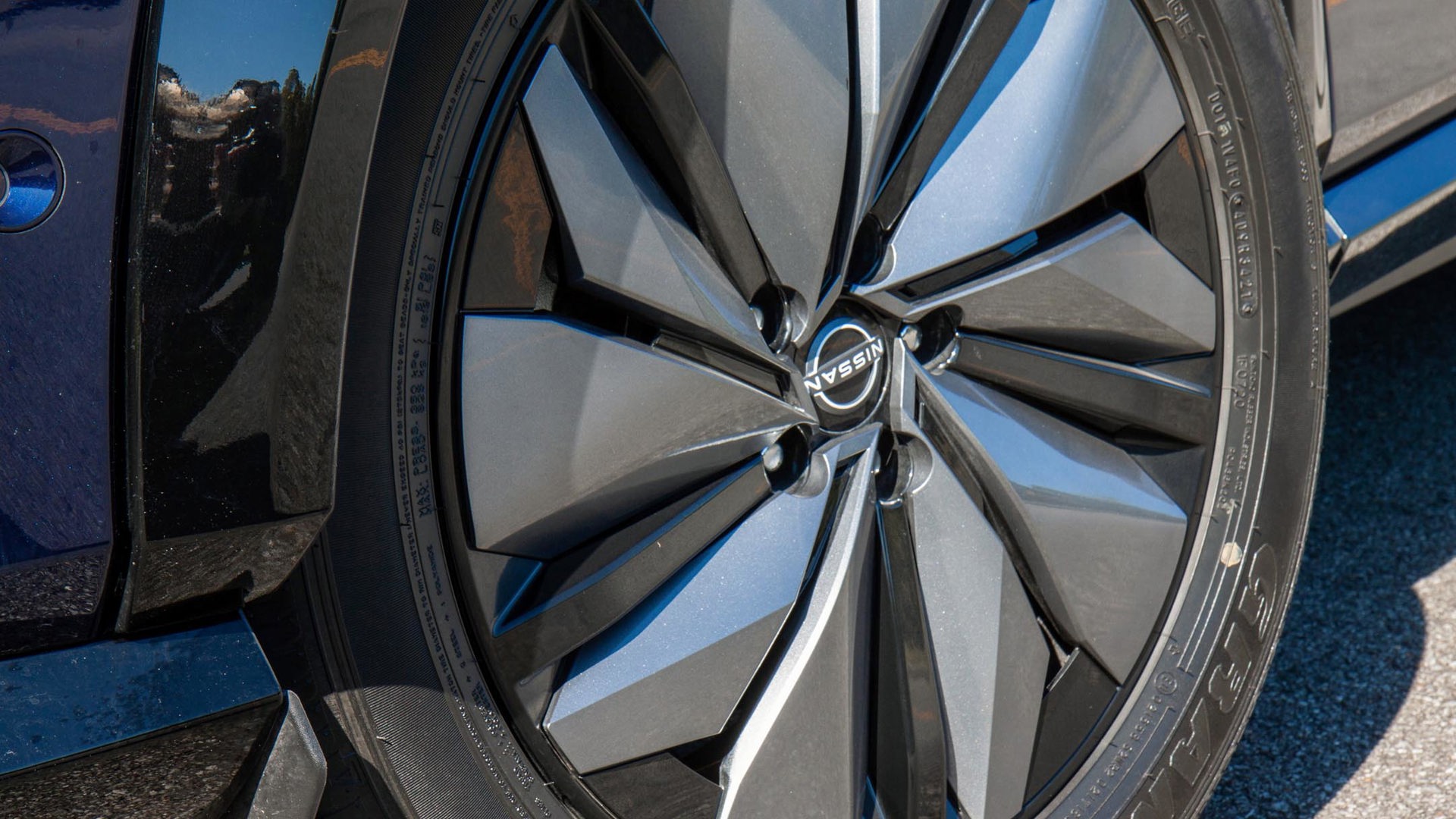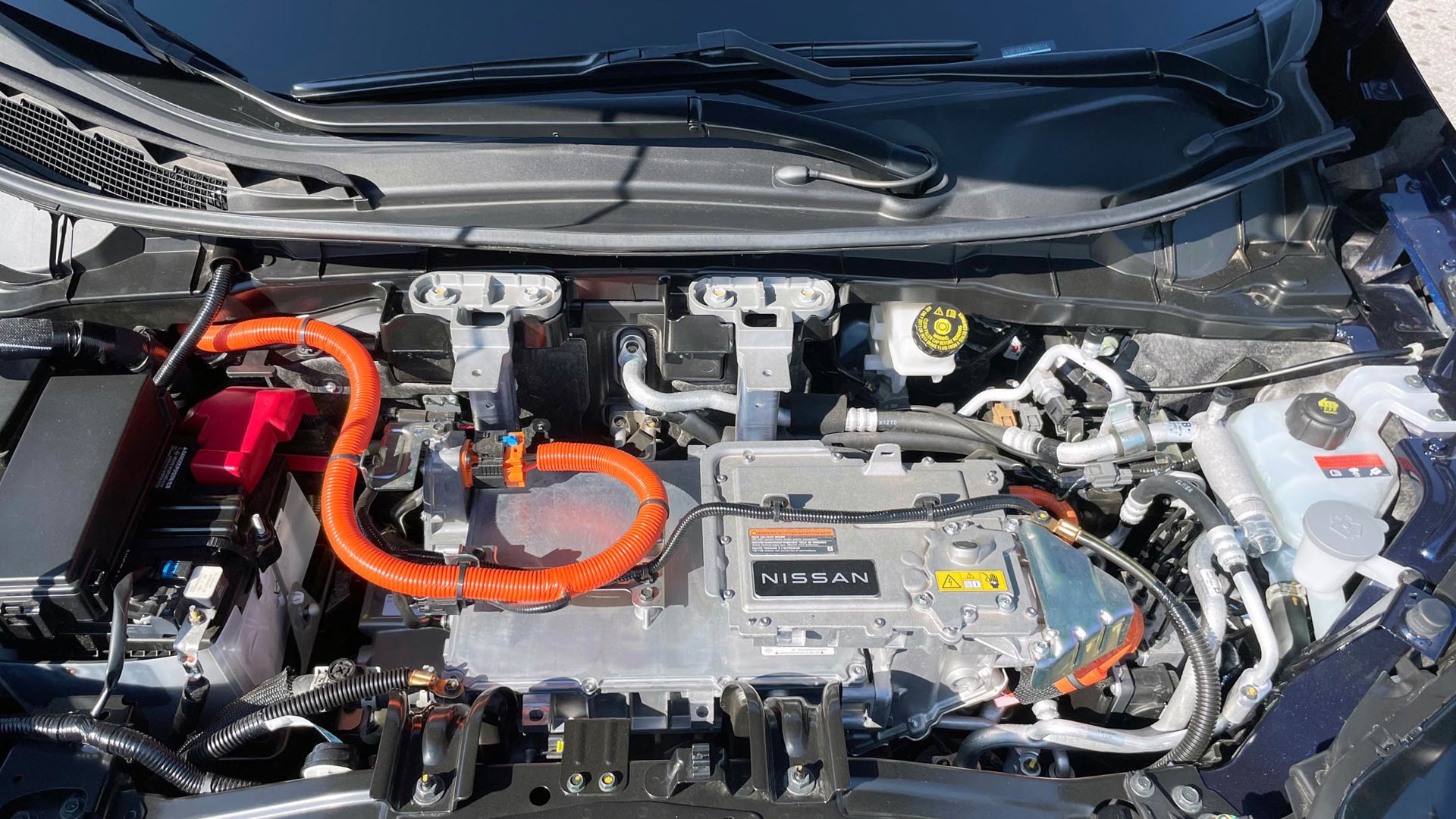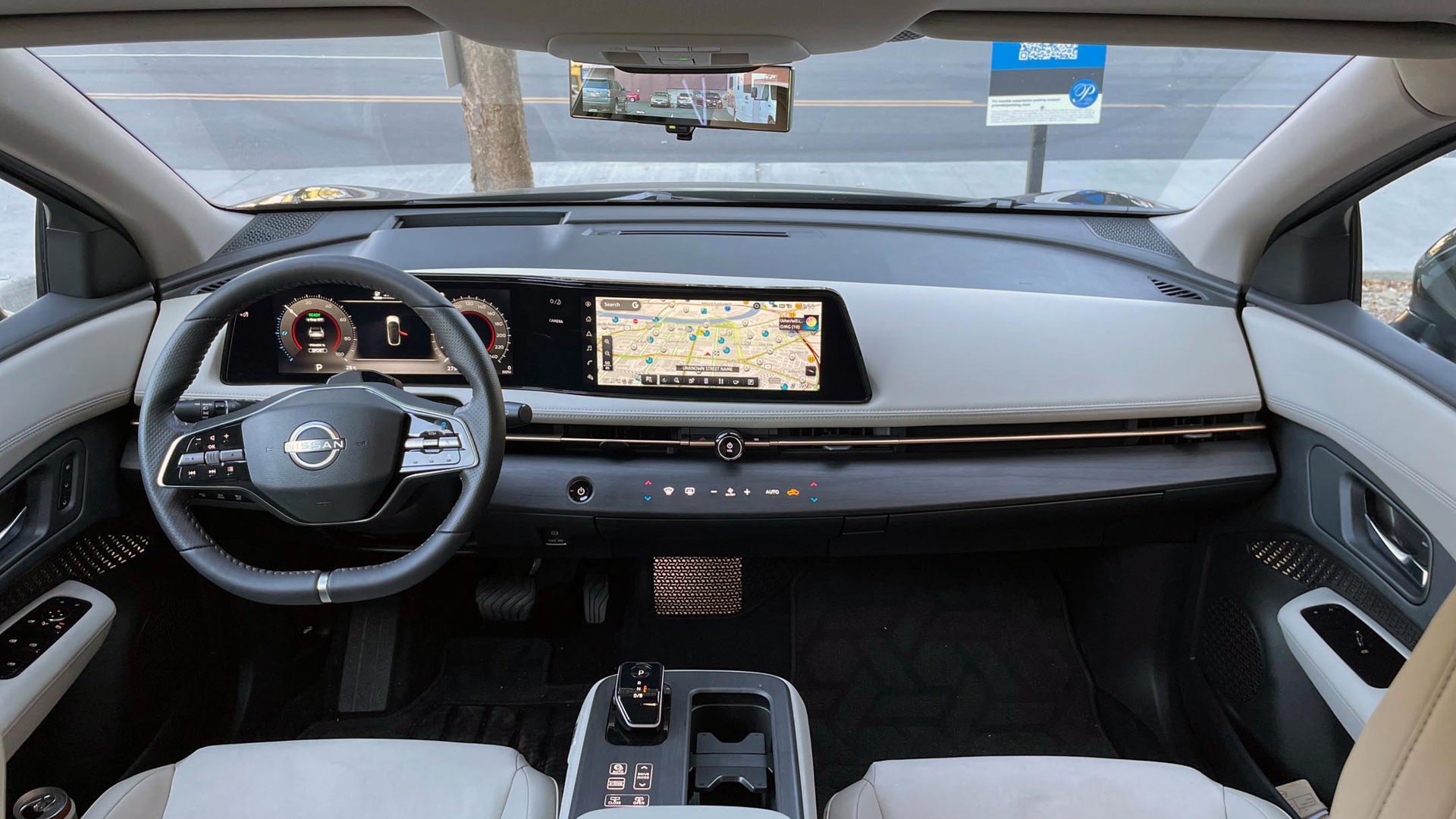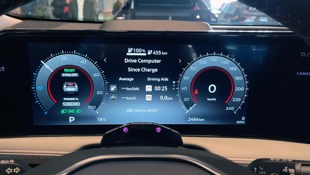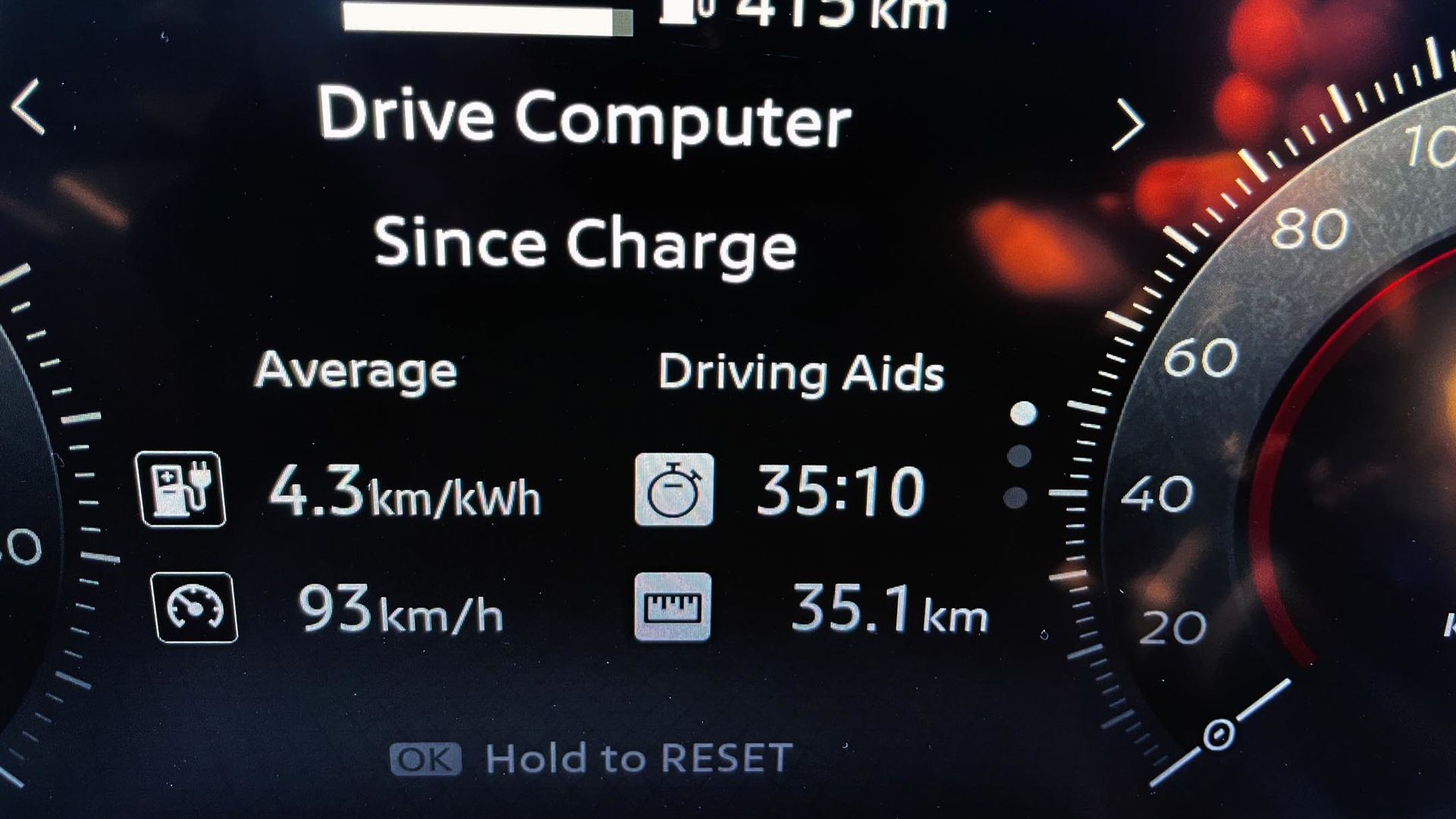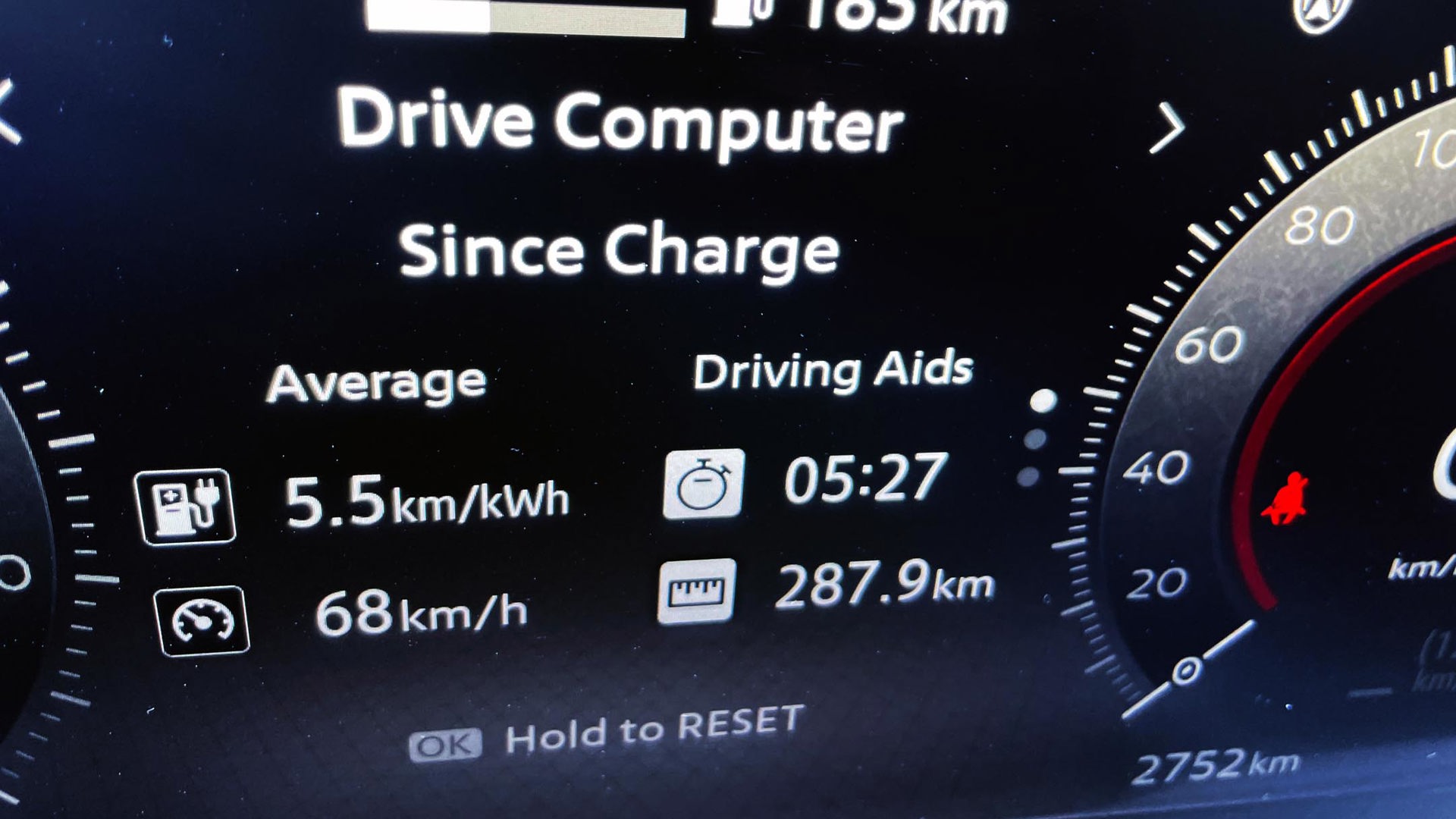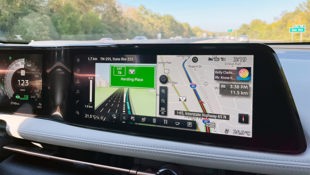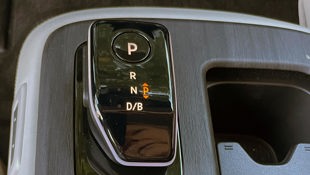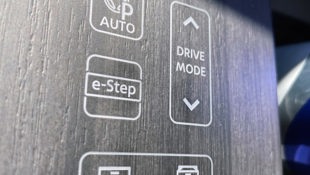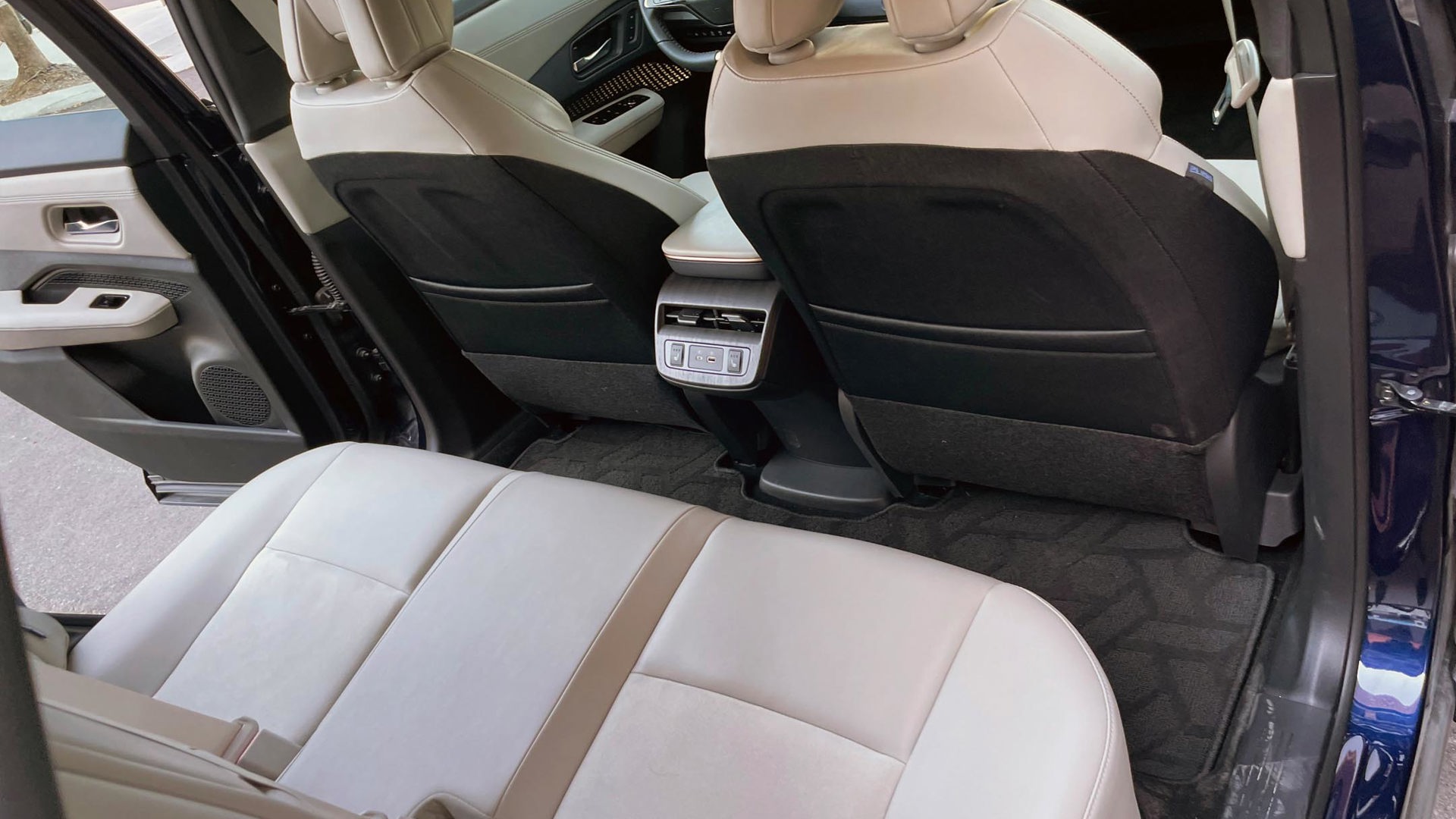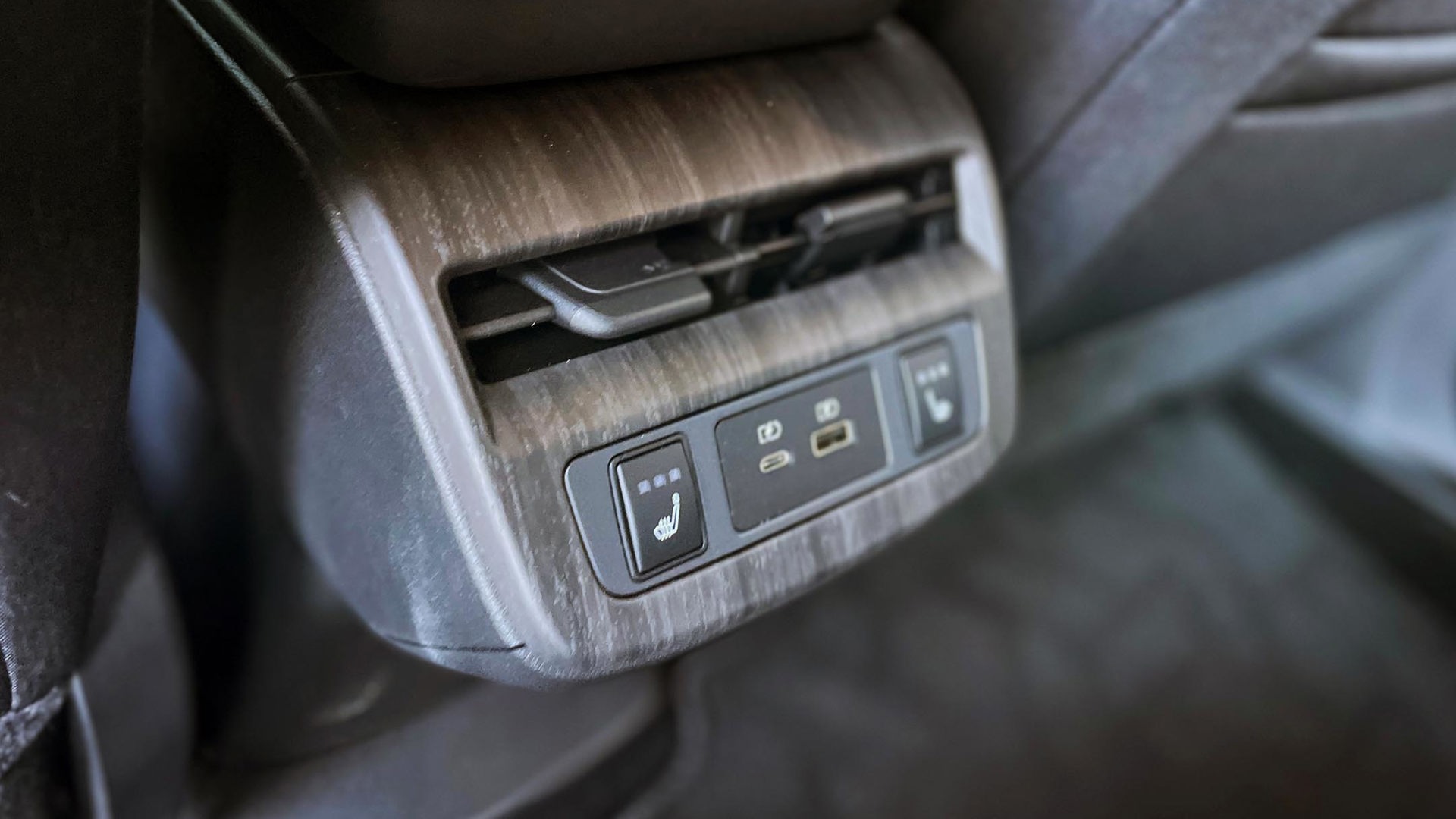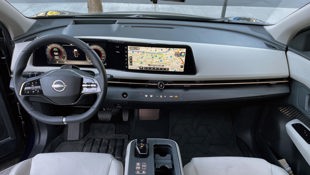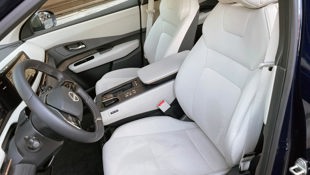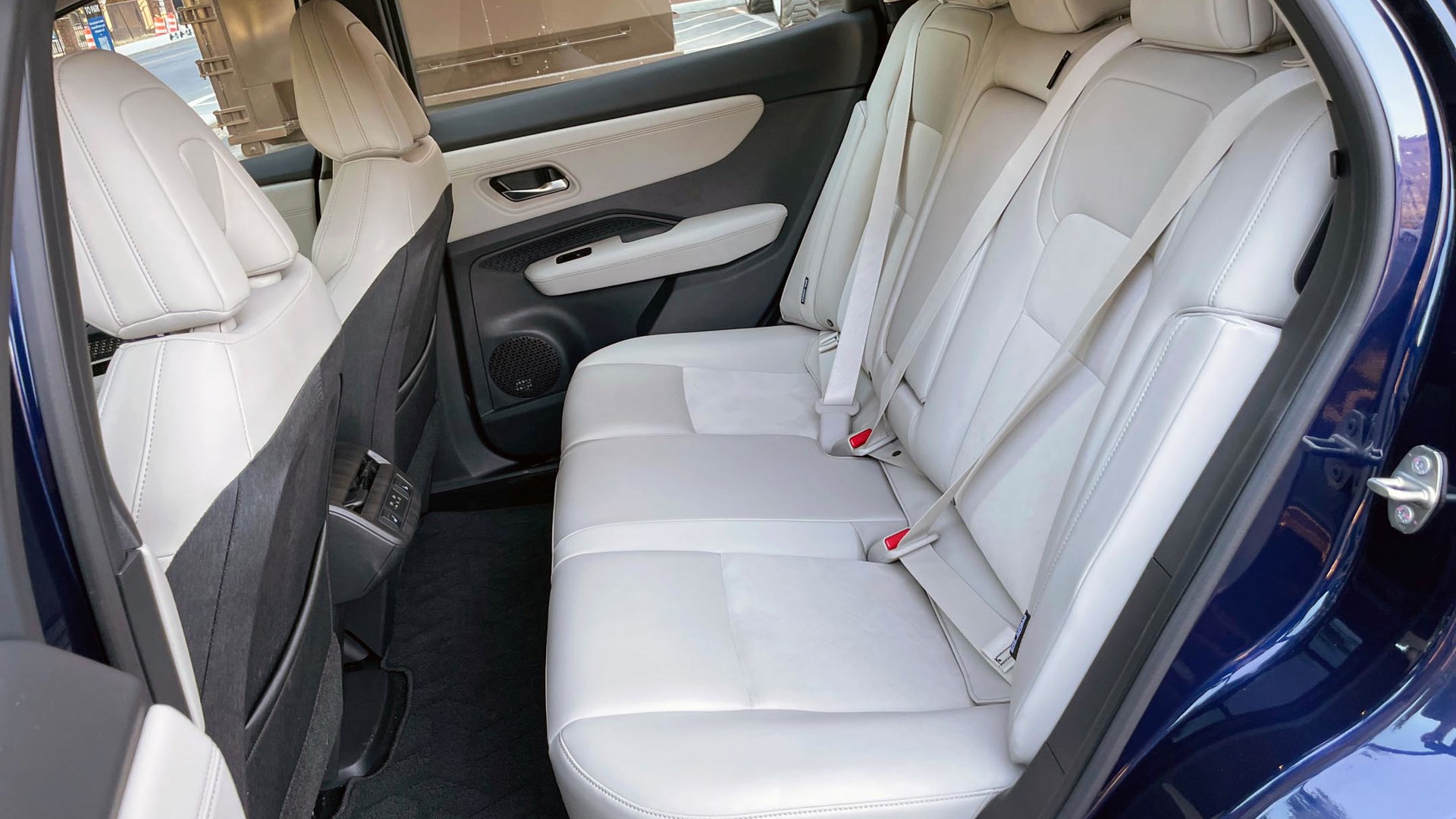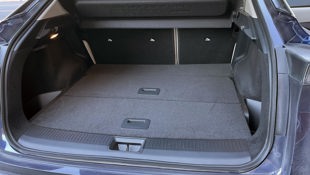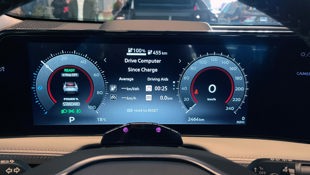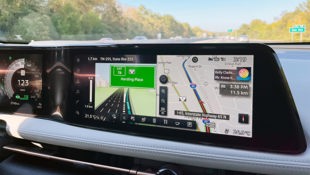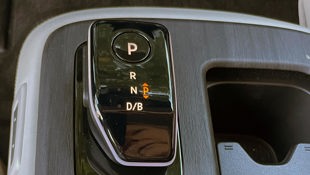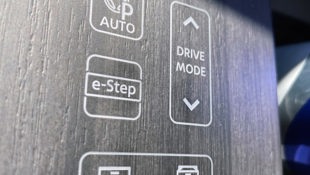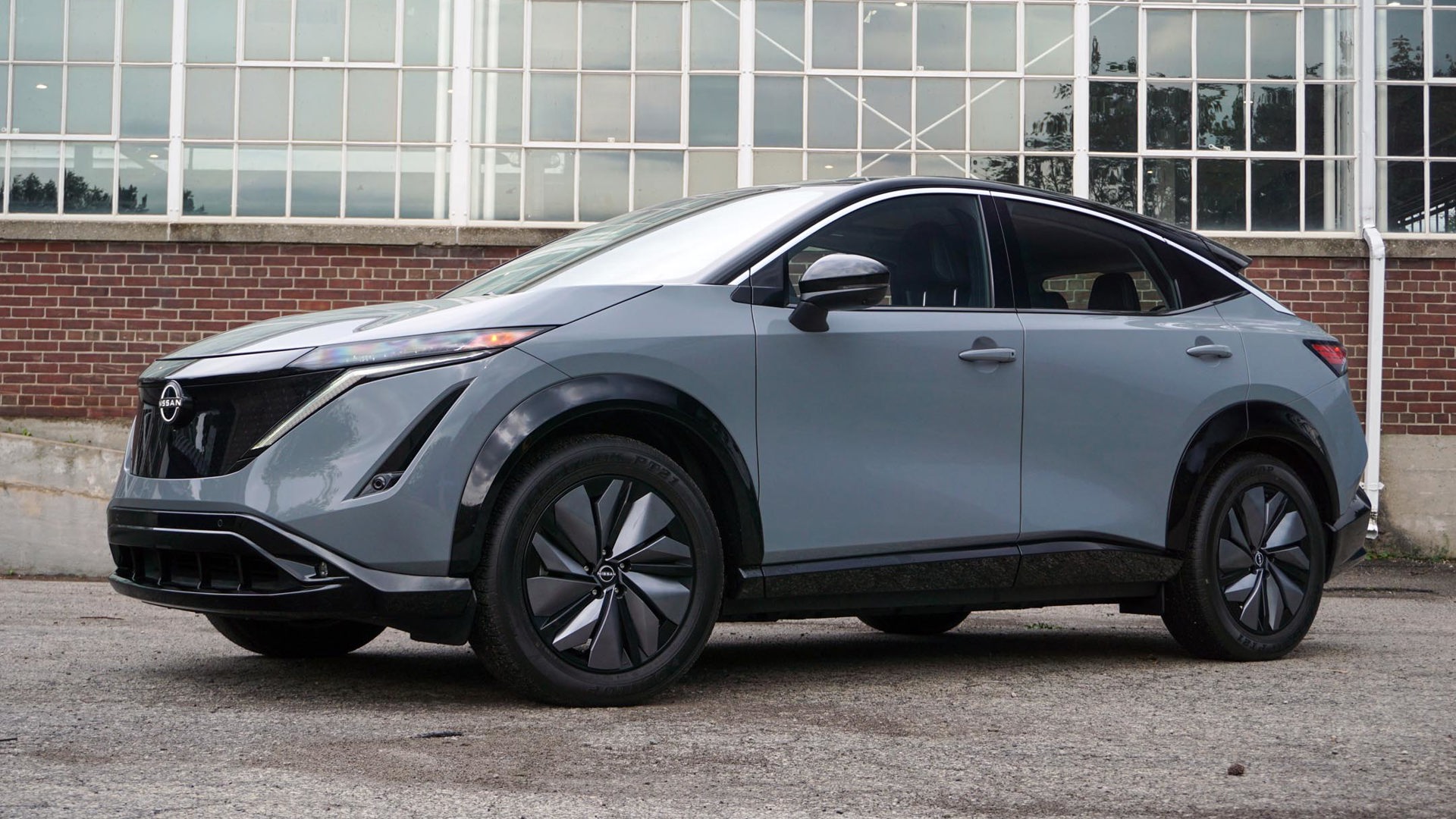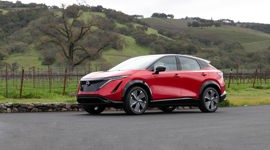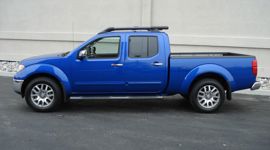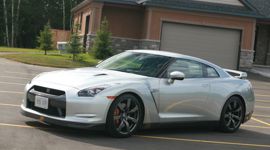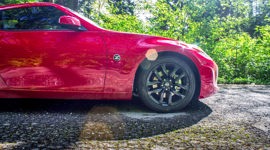NASHVILLE, Tennessee – Among the automotive journalists here to drive the new Ariya were several “old-timers” who had also been on the launch of Nissan’s first EV, the Leaf. That was back in 2010 right here in Nashville, and we recalled a sense of occasion at driving the first mass-produced, all-electric vehicle. It’s too bad that Nissan didn’t capitalize on that head start by immediately following up with this crossover. A dozen years is a lifetime for vehicle development and technology, and the EV market is now undergoing explosive growth, with nearly every automaker in the game.
Having lost whatever lead Nissan established with the ground-breaking Leaf, its long-awaited successor, the Ariya, will have to make it on its own merit. But if you do decide to buy one, be forewarned: online order bookings for the Ariya are currently closed, and when it does arrive, it will be to select Nissan dealerships only. The Ariya will be offered with a standard 63-kWh battery with estimated range of 348 km for the front-wheel-drive model or an extended-range 87-kWh battery with a maximum range of 490 km. The all-wheel-drive model has been delayed until next year.
The compact Ariya crossover is the first to debut with the brand’s new EV platform that will underpin all of Nissan’s electric models going forward. Nissan is projecting that 40 per cent of its sales will be EVs by 2030, and is investing half a billion U.S. dollars to retrofit its Canton, Mississippi, plant to produce them. The new platform can accommodate multiple configurations, and its flat construction bed, compact battery pack, and electric motors pushed fore and aft, create a wide open space for interior passenger room.
It makes a very good first impression. The Ariya is a looker, particularly in “Sunrise Copper Pearl” paint with black accents. The sculpted sheet metal is courtesy of Nissan’s newly established “Japanese Futurism” design language, and its multi-faceted surfaces distinguish it in a segment that’s largely designed by the wind tunnel. Ultra thin headlamps leave space for large front air ducts to improve aerodynamics, and in the back, the full-width brake and taillight blade is blacked-out in “stealth-mode” when the vehicle isn’t running.
Though it looks like a successor to the Murano, the compact Ariya is closer in size to the Rogue.
Interior Features
But once inside, the five-passenger cabin surprises with its roominess and up to 1,691 litres of cargo space. Thanks to the “skateboard” style platform, the lack of intrusion by running gear creates an open canvas for designers’ creativity. The result is one of Nissan’s nicest cabins to date, a tranquil environment that designers refer to as “lounge-like.” Apparently, it’s inspired by omotenashi, the Japanese principal of hospitality.
I particularly liked the white and driftwood palette of my tester, a tranquil atmosphere that gave off beach house vibes. It’s a clean and contemporary look, with a minimal interface uncluttered by switchgear. The dash juts out like a shelf, with no centre console or climate control components beneath. This leaves a flat open space in which to stretch your legs, but beware anything placed in the front passenger footwell, as something could create a hazard by rolling into the driver’s foot space. The climate control system’s components are all located under the hood, which is a great way of increasing interior room, but it unfortunately means there’s no “frunk” space. Patterned ambient footwell lighting is apparently designed to evoke Japanese lanterns. Seating is all-day comfortable thanks to the zero-gravity seats’ ergonomic, no pressure-point design.
Dual 12.3-inch display screens house driver information of the left and navigation and connectivity on the right.
There are no knobs or switches to clutter up the dash, instead, haptic touch controls are integrated into the composite wood-grain trim. Likewise on the centre console where drive mode controls are located along with a rocker switch on the side that slides the power console fore and aft. There are no switches for seat heating or ventilation – annoyingly, you’ve got to scroll through the display screen to control them. The mouse-like gear selector on the centre console feels a little flimsy and insubstantial.
Driving Experience and Performance
Wind tunnel massage of the car’s exterior, suspension calibration, sound insulation, and acoustic glass help prevent wind and road noise from entering the cabin, and as a result, the Ariya is serene and quiet. Our test vehicle was a U.S. “Empower” trim unavailable in Canada, a front-wheel drive model with the same luxury and convenience features as our Canadian top-spec Premier and Platinum models, but with less power and torque.
Equipped with the larger battery, our tester produced 238 hp and 221 lb-ft of torque, which is slightly better than the 214 hp and 221 lb-ft put out by the standard battery vehicles. Acceleration and power are more than sufficient for a daily driver. As Nissan said from the outset, the focus was never on performance but on the comfort and wellbeing of its occupants. It’s a very relaxing drive. With 50/50 weight balance, a low centre of gravity, and next to no body roll, the Ariya feels competent and grounded, if not exactly fun. The power delivery of our single-motor FWD Ariya has been engineered to arrive in a linear progression much like a traditional gasoline-driven vehicle, rather than the explosive wallop typical of many electric cars. Dual motor “e-4orce” all-wheel drive models arriving later will put out a maximum of 389 hp and 442 lb-ft, for drivers who want just a little more performance.
The “E-Pedal” button on the centre console controls brake regeneration, but it’s either on or off, and doesn’t offer selectable increments. What’s worse is that unlike the Leaf, the Ariya doesn’t have true one-pedal driving. With E-Pedal employed, the car will slow down when the accelerator pedal is lifted, but doesn’t come to a full stop, which seems like a missed opportunity to increase the Ariya’s overall sense of relaxation by reducing the driver’s input to a single pedal.
American vehicles feature ProPilot Assist version 2.0, which boasts hands-free cruising over mapped highways much like General Motors’ Super Cruise. Nissan has about 200,000 pre-mapped miles in its system, but unfortunately, they’re all in the U.S. Canadians will have to make do with ProPilot 1.0, which does feature an adaptive cruise control system capable of navigating bends and keeping you within your lane, but you’ll be warned to put your hands back on the wheel after five seconds, so this isn’t a hands-free system.
Charging
We didn’t have an opportunity to charge the vehicles, but according to Nissan, the Ariya will charge from zero to full in between 10.5 to 14 hours using a Level 2 charger, and using a DC fast charger from zero to 80 per cent in 35 minutes for the smaller battery, and 40 minutes for the extended range. Both batteries can handle charges up to 130 kWh, which puts them behind competitors from Kia and Hyundai.
We started the day with 415 km of range, and after some 250 km of driving, finished with 183 km.
Pricing
The Nissan Ariya will arrive as a 2023 model offering six trims, beginning with the front-wheel drive, standard battery Engage trim at $52,998. The dual-motor, all-wheel drive Evolve with the standard battery is $60, 598. The range-topping all-wheel drive Premier models with extended range are $69,998.
Final Thoughts
The Nissan Ariya is a most agreeable place to be. It had no pretensions of sportiness, but offers instead a serene, comfortable cabin that wouldn’t be out of place in the premium segment. Cargo space is mid-pack and charging times aren’t as good as some competitors, but overall, the Ariya’s positive attributes outweigh any drawbacks. It bodes well for Nissan’s EV future.
